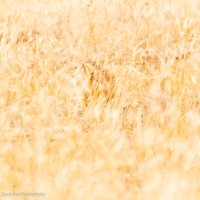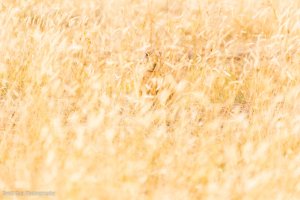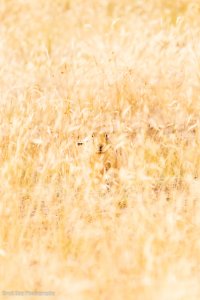Having used the R6 for a little while now i am starting to come to grips with the incredible AF system. But having said that there are certain situations that seem to defeat it. So this thread is to relay your experiences where the AF has been thrown off. For me the most interesting one is that the eye AF fails with Zebras, even at close range. Obviously the high contrast stripes have something do do with it but I found it interesting nevertheless considering how incredible it is with just about every other situation. Is anyone else finding any quirks like this?
Last edited:



